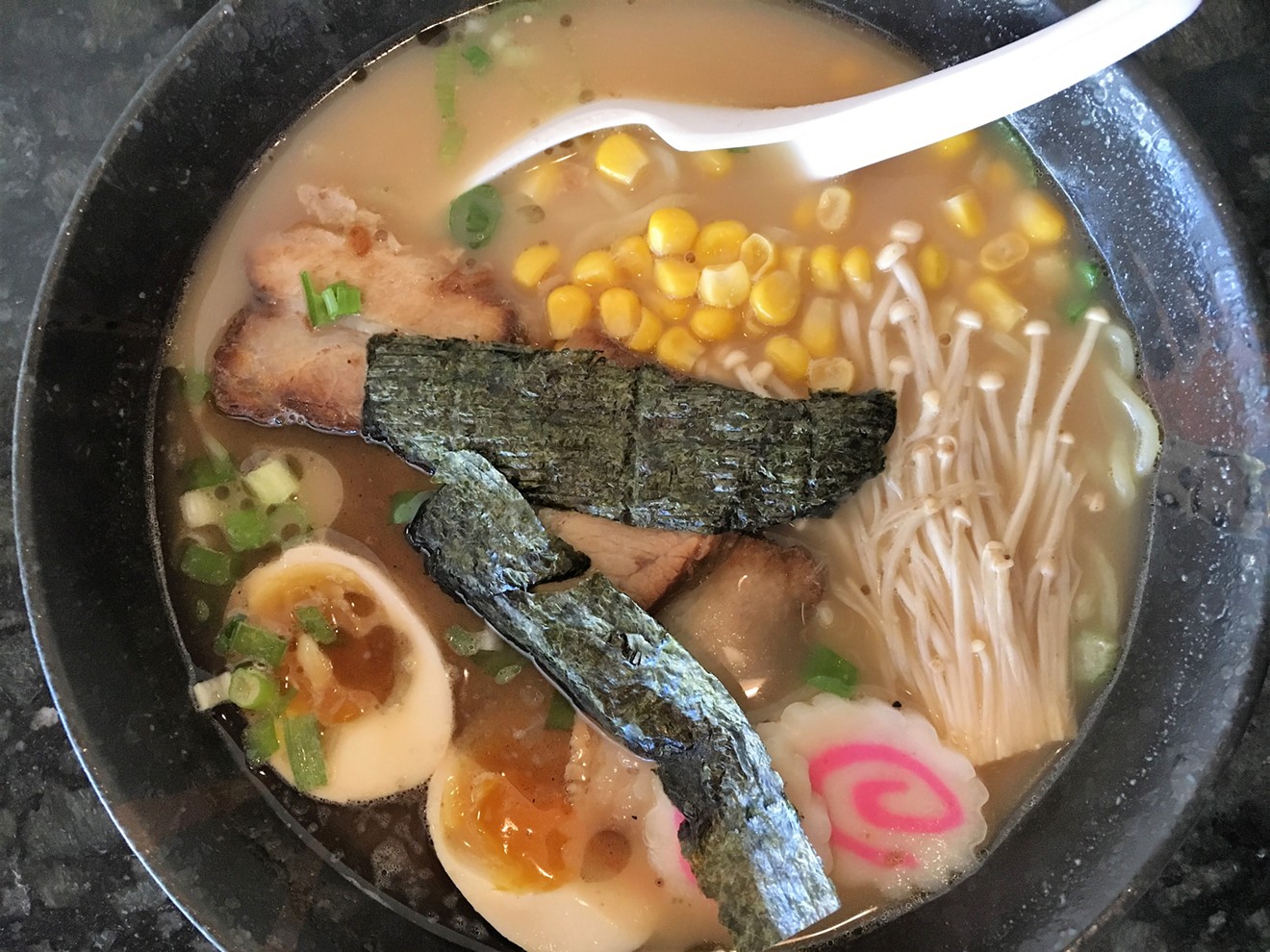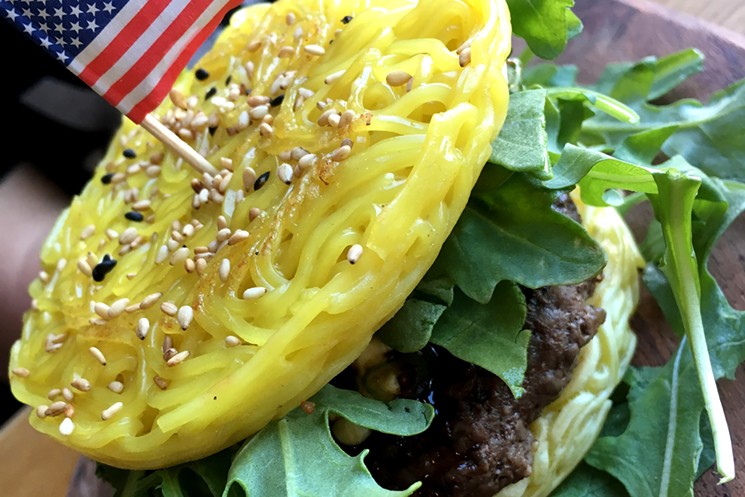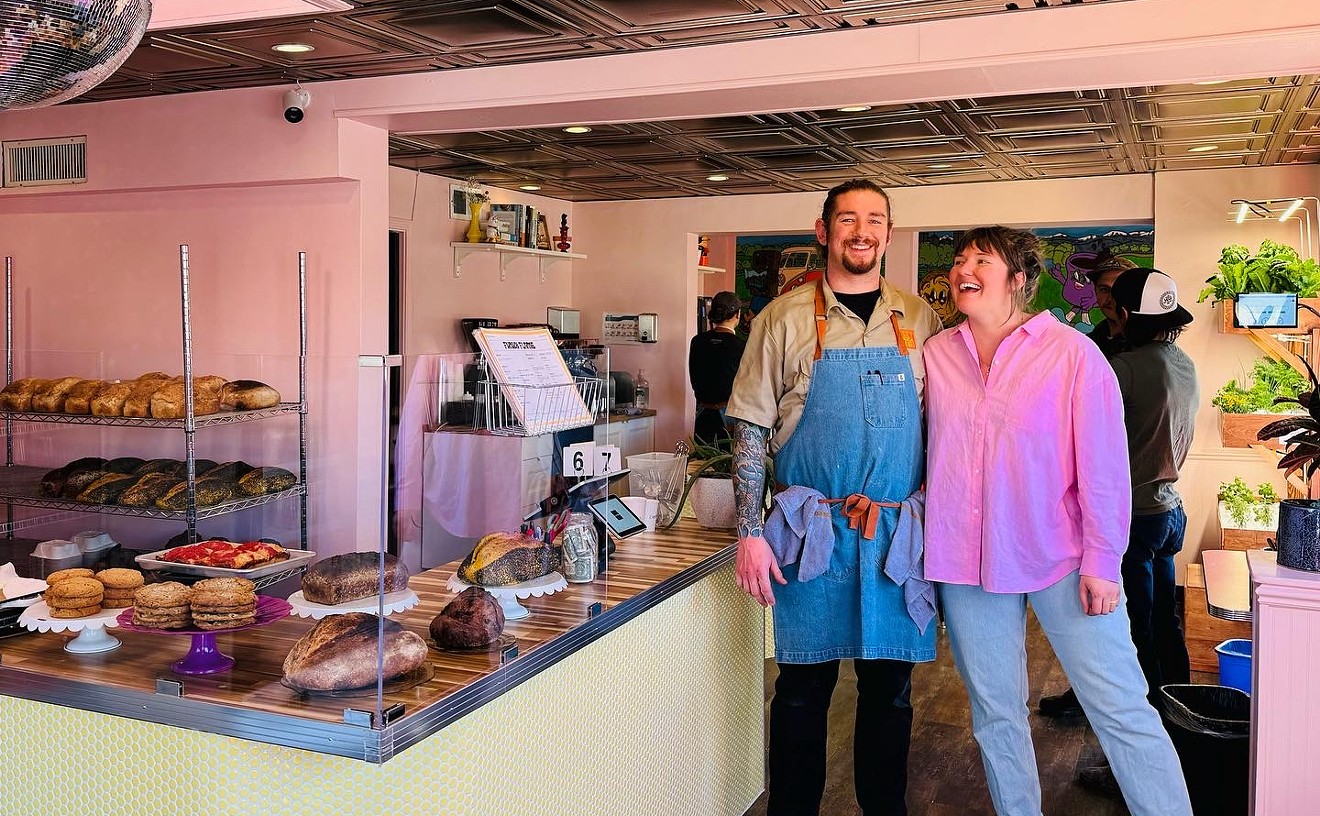Yelp sucks. I'm not the first person to say this, so it's hardly a revelatory opinion. Most restaurant owners abhor the crowdsourced restaurant-review website, frustrated by its constant stream of complaints about everything from scratchy hand towels to inadequate parking. My dislike of Yelp stems from its near total lack of accountability for those reviews. Professional writers have editors, proofreaders and fact-checkers to keep them in line; Wikipedia has peer reviews and collaborative editing to make it more or less accurate. Even your latest Facebook rant is open to comments from your friends.
But anyone can post on Yelp, and while owners can chime in to guide or correct comments about their businesses, they often lack the time or motivation to continuously monitor reviews, and there's always the risk of coming off as overly sensitive or bitter when disagreements are made public. And for the rest of us, there's no way to let those posters know that they got their facts wrong, that their opinions are misguided or that they're just plain delusional.
I was particularly disheartened when I spotted this recent comment on Yelp: "If you are looking for authentic Japanese ramen...this is not the place. The color of the tonkatsu broth was surprisingly white, which was really odd." While ramen is increasingly popular in Denver, there's plenty of misinformation out there. Diners should have an understanding of what their spoon and chopsticks hold before they rip into a place. This particular post showed a basic lack of knowledge of Japanese cuisine, yet that one-star rating will stay out there indefinitely, dragging a very good restaurant's reputation down with it.
First: spelling counts. "Tonkatsu" is not ramen; it's a breaded pork cutlet. "Tonkotsu" is a style of ramen broth made from pork bones. Confusing the two words is an easy mistake, but one most diners only commit once, since that single vowel shift makes a huge difference in what shows up on your plate. Ramen shop owners don't expect Westerners to learn Japanese before ordering, but a dash of etymology reveals why tonkotsu broth should be milky-white in color. "Ton" translates to "pig," and "kotsu" means "bones." Tonkotsu broth is made by boiling pork bones (not gently simmering, as is done for clearer soup stocks) and aromatic vegetables (onion, ginger and mushrooms, for example) until the liquid becomes milky with collagen, protein, emulsified fat and minerals. If it's not milky, it's probably not a very tasty tonkotsu.
This style is one of the most popular in the modern ramen movement, mainly because its bold, porky flavor and striking appearance appeals to Western tastes, more so than subtler styles. Tonkotsu is also a favorite of Greg Taniguchi, a fourth-generation Coloradan whose great-grandfather on his mom's side moved from Japan to farm land in Weld County in 1903. His father's family came to Colorado during World War II after being forcibly removed from their home in California. Although he's not a professional chef, Taniguchi has worked in Japanese restaurants in California and traveled extensively in Japan, making food — and especially ramen — one of his primary passions.
Ramen is still in its infancy in Colorado, Taniguchi says, primarily because there are far fewer Japanese people living here compared to other major population centers. "A lot of ramen here is of Southeast Asian or Chinese influence," he points out. "If you see bok choy in ramen, it probably wasn't made by a Japanese cook."
While he thinks it's important for diners to know what they're ordering so that they can judge quality and find their favorite styles, he also notes that searching for traditional or authentic ramen can be difficult here because ingredients and toppings aren't being used the way they evolved in Japan. "The heart of Japanese cooking is minimalism and simplicity — to try to highlight the individual ingredients," he explains.
An example? Those chewy circles with the pink-and-white spiral are kamaboko: fish cake. The flavor goes well with a lighter shoyu (soy-sauce-based) broth, Taniguchi notes, but probably shouldn't be added to tonkotsu ramen. He also says that ramen is an everyday food in Japan and shouldn't be expensive; even bowls at Michelin-starred Nakiryu in Tokyo only cost the equivalent of $8 to $11. (Try getting a meal in a Michelin-starred restaurant in the U.S. for a ten-spot.)
So with Taniguchi's advice in mind, I sampled three similar ramen bowls at three different, and newish, Denver restaurants. I tried to stick to tonkotsu or similar broth styles to compare flavors and ingredients.
Tycoon Ramen & Sushi
338 East Colfax Avenue
303-832-2367
At Tycoon Ramen & Sushi (one of Taniguchi's pet peeves: almost every Japanese restaurant in Colorado tacks on a sushi menu, even if that's not their specialty), my tonkotsu ramen ($14) was cloudy but not particularly rich and thick. Toppings included chashu pork (one of the most common meat toppings), nori (the same seaweed used to wrap sushi rolls), corn, enoki mushrooms, scallions and slices of fish cake. Two halves of a soft-boiled egg bore the distinct tan tint of ajitsuke tamago, an egg that has been marinated in a mixture of soy sauce, mirin rice wine and water. A thin film of oil created a partial skin over the soup — a good sign, according to my ramen spirit guide. Tycoon's tonkotsu was fine but not as full of pork flavor as other versions I've had, and the toppings seemed a bit of a mishmash. Taniguchi points out that American ramen shops often combine toppings that aren't considered compatible in Japan, kind of like "ordering a pizza with pepperoni, pineapple and tuna fish."
Ajinoya Ramen
1390 South Colorado Boulevard
720-638-8678
My next stop was Ajinoya Ramen, which opened a few months ago. It was a particularly brisk day, so I ordered tantanmen ($11.95), which uses a rich, creamy broth similar to tonkotsu (generally made with chicken bones instead of pork, or a combination of both) but adds a slick of vivid red chili oil, showing the dish's descent from Sichuanese dandan noodles. Ground pork replaces slabs of chashu, and my bowl also sported a half of an ajitsuke tamago (I kept thinking of some stranger enjoying the other half), a handful of scallions, a flag of bok choy and some bean sprouts submerged with the noodles. Ajinoya also mixes in a little peanut sauce. I told Taniguchi that I didn't care about the authenticity of this one because it was rich, satisfying and delicious, coating my lips with a telltale sticky glaze indicative of long-cooked bones.
Machi Ramen & Poke
7211 Sheridan Boulevard
303-427-2301
Finally, I trekked up to Westminster, home of the three-month-old Machi Ramen & Poke. Here I stuck with tonkotsu, and received a cloudy bowl topped with chashu pork, corn, bamboo shoots, scallions, sesame seeds and a few drops of flavored oil. Instead of an ajitsuke tamago, a whole, un-marinated, soft-cooked egg jiggled in the middle of the bowl. Taniguchi thinks eggs served this way — a modern, time-saving development — are too soft to complement soft ramen noodles. The broth itself was thin, mild and one-dimensional, with no stickiness or deep pork flavor. But the bowl was also the cheapest of the three at only $10.
Is ramen suddenly too complex and intimidating to thoroughly enjoy? It shouldn't be. Don't worry too much about the authenticity of the topping combos, as long as you enjoy them together. (Tradition is an excellent guide, but there's nothing wrong with a little experimentation.) Look for ramen shops that make their broths entirely from scratch; believe it or not, many places use powdered mixes or granulated starter bases, even for tonkotsu. Most important, enjoy ramen for what it is: not a fussy, high-end delicacy, but a combination of inexpensive ingredients that come together in a wonderful and hearty one-bowl meal.
So where was that "surprisingly white" tonkostu ramen that was awarded only one star on Yelp? At Ajinoya, the restaurant that turned out to have the best bowl of the three I visited. Armed with that tasty bit of knowledge, slurp away!
[
{
"name": "Air - MediumRectangle - Inline Content - Mobile Display Size",
"component": "12017618",
"insertPoint": "2",
"requiredCountToDisplay": "2"
},{
"name": "Editor Picks",
"component": "17242653",
"insertPoint": "4",
"requiredCountToDisplay": "1"
},{
"name": "Inline Links",
"component": "18838239",
"insertPoint": "8th",
"startingPoint": 8,
"requiredCountToDisplay": "7",
"maxInsertions": 25
},{
"name": "Air - MediumRectangle - Combo - Inline Content",
"component": "17261320",
"insertPoint": "8th",
"startingPoint": 8,
"requiredCountToDisplay": "7",
"maxInsertions": 25
},{
"name": "Inline Links",
"component": "18838239",
"insertPoint": "8th",
"startingPoint": 12,
"requiredCountToDisplay": "11",
"maxInsertions": 25
},{
"name": "Air - Leaderboard Tower - Combo - Inline Content",
"component": "17261321",
"insertPoint": "8th",
"startingPoint": 12,
"requiredCountToDisplay": "11",
"maxInsertions": 25
}
]















